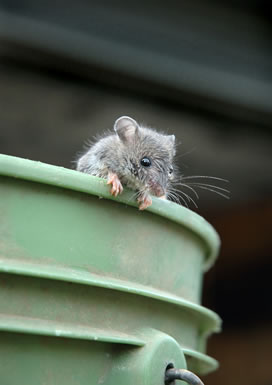 |
| House mouse, Mus musculus |
Photo © iStockphoto/Geoff Kuchera |
House Mouse
-
Scientific Name:
- Mus musculus (also Mus domesticus)
-
Family:
- Muridae (commensal rodents)
-
Order:
- Rodentia (rodents)
-
U.S. Distribution:
- All states
This page has three tables, (1) Identification, (2) Look-alike Pests, and (3) Biology and Habits.
Identification
| Match the Shape and Size | Match the Color |
|---|---|
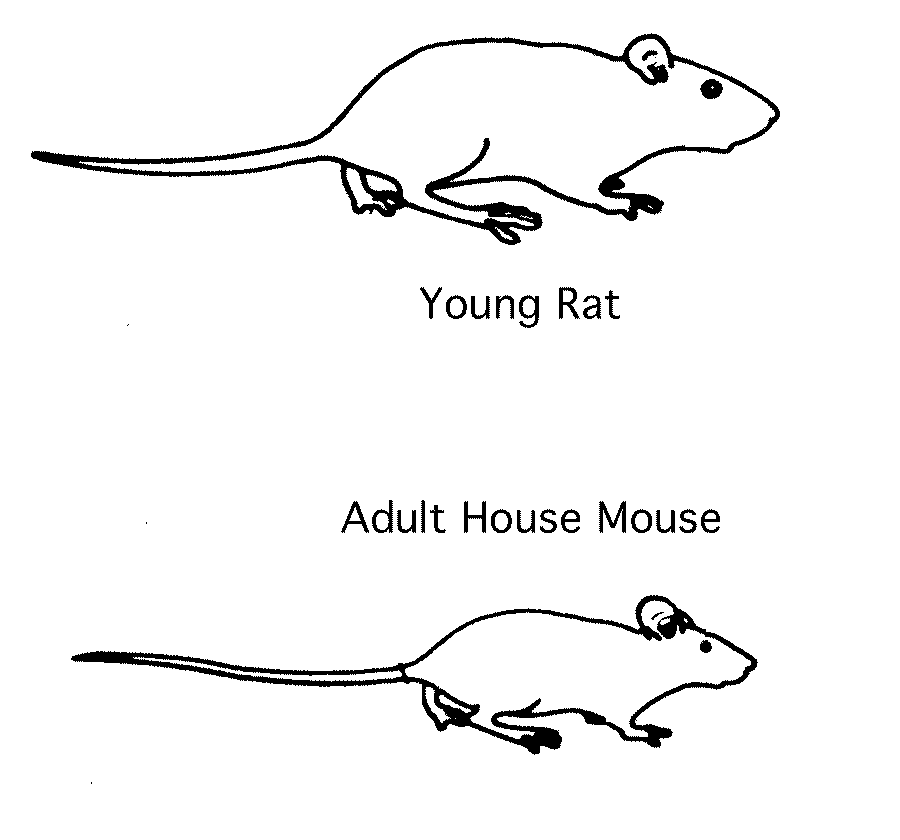 |
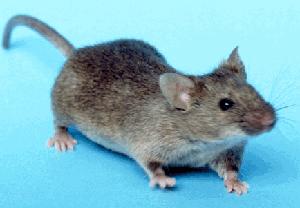 |
|
|
| Illustration adapted from Pratt and Brown, PHS | Photo by National Institutes of Health |
Look-alike Pests
| Look-alike Pest | Differences |
|---|---|
Deer mouse and white-footed mouse |
Tail hairy and bicolored, brown above and white below |
Young Norway rat or roof rat (Rattus norvegicus and R. rattus) |
Head and feet comparatively larger and tail thicker than those of a house mouse; fur much fuzzier |
Biology and Habits
| Match the Food and Site | Match the Habits and Damage |
|---|---|
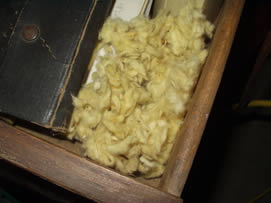 |
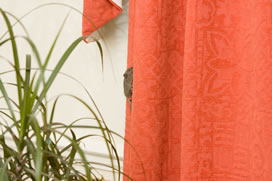 |
|
|
| Photo © Pinto & Associates | Photo © iStockphoto/Thomas Mounsey |